Step-by-Step Guide: How to Land a Piper Seminole Safely
Pilot's Life Blog
JANUARY 5, 2025
The pre-landing check is the first step in ensuring the aircraft is ready for a stable descent. Clear communication with air traffic control (ATC) is essential at this stage to receive landing clearance and avoid conflicts with other aircraft. Additionally, configure the aircraft for a stable descent.


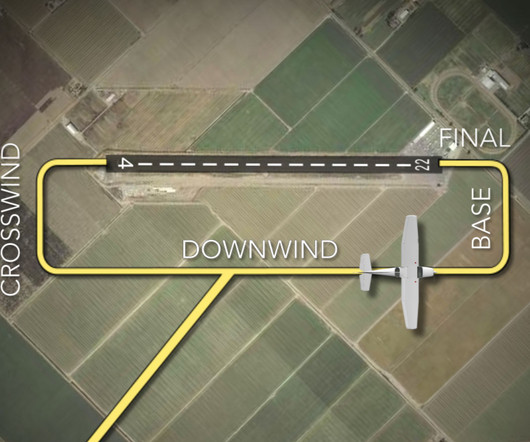

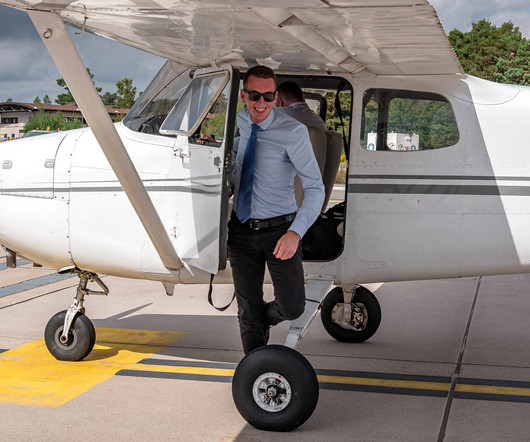

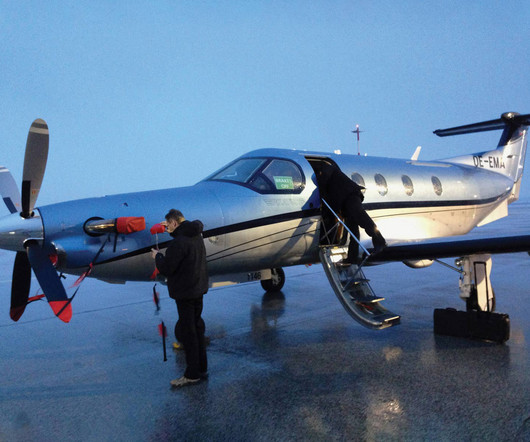
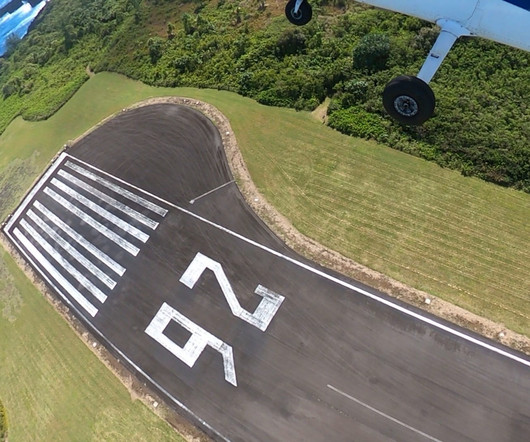

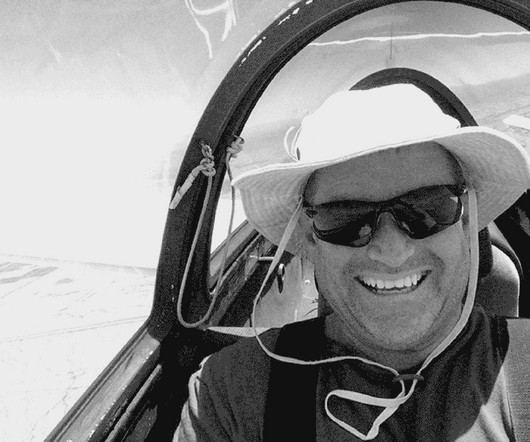






Let's personalize your content